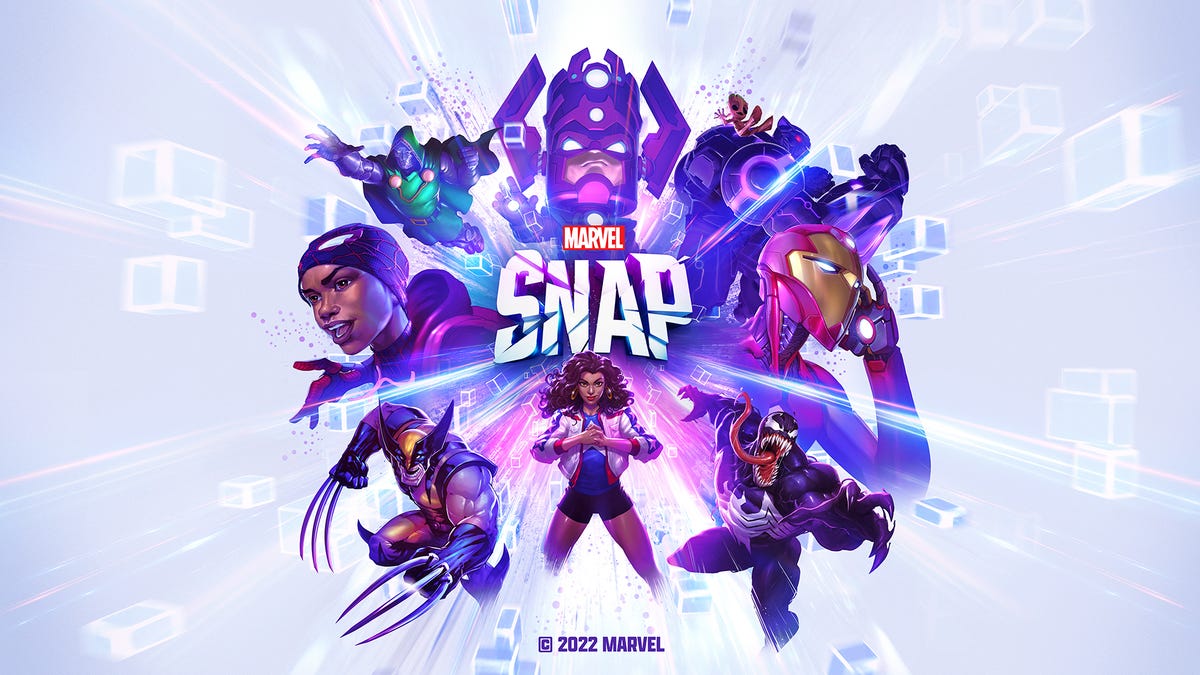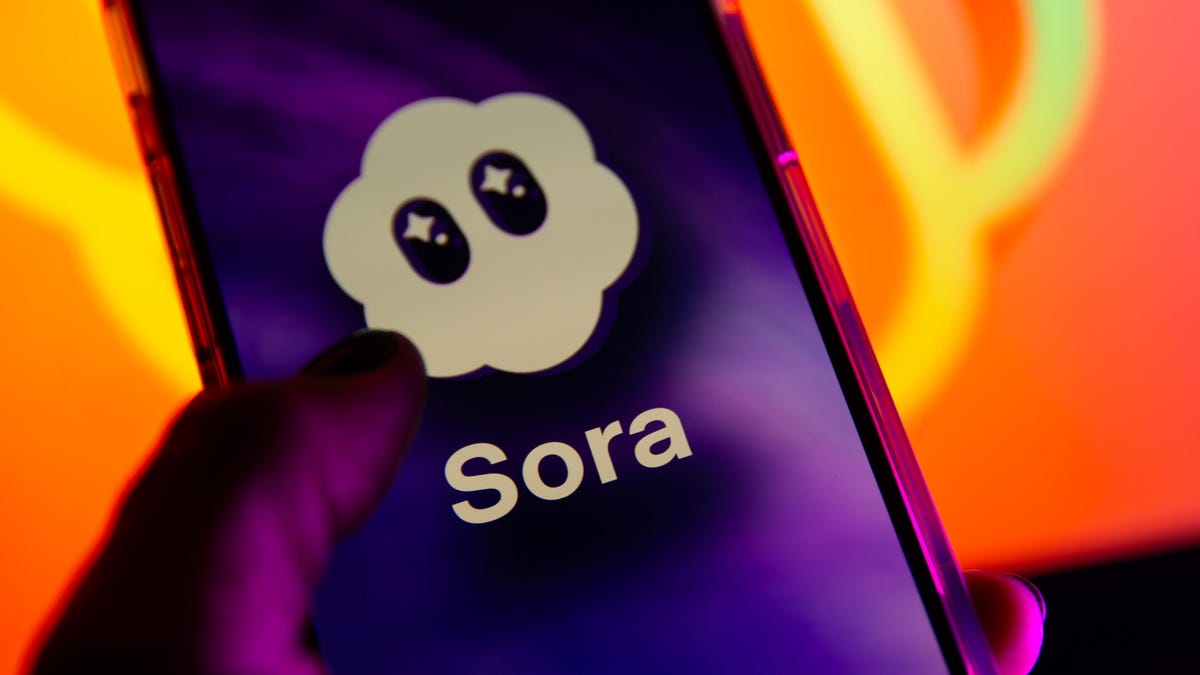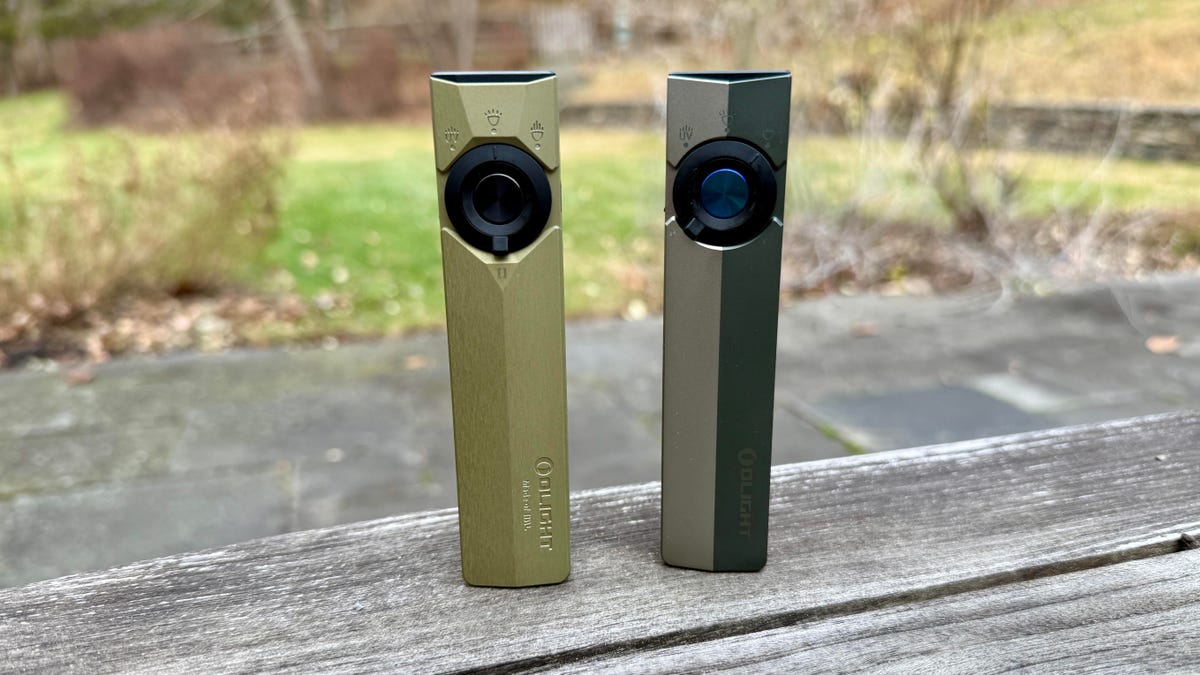Technologies
Marvel Snap: Beginner’s Guide and Top Tips to Get Cards and Win Games
Just starting out with Marvel’s new mobile card game? Here’s what you need to begin.

On the surface, Marvel Snap is a mobile card game with simple mechanics. But with hundreds of different heroes to play with, the game can get complex. Our Marvel Snap beginner’s guide will get you started and take you through higher competitive tiers.
Developed by Second Dinner, a studio filled with veterans from Blizzard’s successful digital card game Hearthstone, Marvel Snap is a refreshingly streamlined game that’s built to play well on smartphones. It plays in a vertical orientation and its quick match times typically last as long as a pop song. The mechanics are easy to learn, but there’s enough variability to keep things fresh.
Marvel Snap is downloadable from the Apple App Store and Google Play Store, or on PC via Steam if you prefer. (To make it easier to port your collection between phone and desktop, sign up with your Google login when making an account.) It’s free to play, with microtransactions, but you can’t buy your way to the top in this game — everyone has to play a lot to grow their collection of cards.
Snapping superheroes down to card size
Each card represents one hero, and most of them have a special ability. In addition to snazzy comic book art, cards have an energy cost in the top-left corner and a power level in the top-right corner. Each deck you bring into a match must have 12 cards, and outside of rare cases, matches last six rounds. You start matches with one energy point per round and gain another each turn, with more powerful cards costing more energy. The goal is simple: Play your cards into three locations (each with four card slots), and the winner is whoever controls at least two locations at the end of the match.
Plenty of factors can complicate a match. Locations are randomly assigned and each has special rules, while unique hero abilities change how the match plays. Players start with three cards and draw another every turn, so you won’t get to play your whole deck by the end of the match. This randomness keeps the game fresh and can occasionally hand you victories, though it can also ruin your chances to win.
Bluffing with cubes
This uncertainty raises the stakes for the final mechanic, a pokerlike betting system around cubes (of the Cosmic variety). Marvel Snap pits players against each other as they climb the competitive ranks and earn rewards; to climb, you need cubes, which are awarded to the winner of each match and subtracted from the loser. If a match isn’t going well, you can retreat early and lose only one cube to avoid the two-cube toll when you’re defeated. But you can manually raise the stakes by tapping the cube icon at the top — now the game is worth four cubes, and your opponent can tap it again to raise it up to an eight-cube game. Yikes!
Much like in poker, you can aggressively tap the cubes (called Snapping in a reference to the Marvel Cinematic Universe’s big baddie Thanos’ famous act, hence Marvel Snap). This can intimidate opposing players into retreating, though some will call your bluff. You may be confident in your hand of cards, but you have to wait to see which cards opponents play (and where) to understand their strategy and estimate whether you’ve got a winning chance. That’s the risk and the thrill — but don’t worry if you take a hard loss, as matches last only three to five minutes, making it easy to shake off losing and breeze right into the next potential win.
First steps for Snap
Don’t worry about knowing all these rules up front, as Marvel Snap has a generous tutorial. The first matches are against computer opponents who aren’t too tough to beat, offering space to learn the ins and outs of the match flow before going up against human players.
You’ll start with some basic cards, and playing matches (win, lose or tie) earns boosters, which are a currency to enhance the appearance of cards, making them look even more like they’ve sprung out of a comic book. While boosting a hero grants purely cosmetic upgrades like moving backgrounds and shiny hero names, it also ratchets up your overall collection level — which is the way you get more cards.
For the first several collection levels, you’ll get a preset series of cards that are key to simple yet powerful strategies; like silver-age hero Ka-Zar, who powers up your smallest one-energy cards, or Wolfsbane, who gains power based on how many cards are already at her location. These early cards fit into a handful of different deck strategies, from empowering minions to repeating the «on reveal» abilities with the late-game Odin card for a dramatic finish.
On reaching collection level 18, you’ll move on from the beginner slate of preset cards to a wider set. At higher collection levels, you’ll be rewarded with a random card from the first pool and face opponents with access to the same card group. You’ll enter the second card pool at collection level 222, and the third pool at 486. As time goes on, even more cards will be added to this last pool, with newer cards showing up more rarely.
Upgrading cards requires spending the in-game currency credits (which are different than boosters), gained through daily missions that typically involve playing cards of a certain cost, earning wins, or drawing cards. You can either wait to earn enough boosters for cards or head to the in-game shop and pay extra credits to upgrade cards early. Later on, you’ll also be able to gain ‘collector tokens’ to buy single cards showcased one at a time in the in-game shop.
What’s the fastest way to get more cards?
Marvel Snap is geared toward granting players new cards as rewards for playing, though the rate of new cards slows in higher collection levels. There are only a couple of ways to buy new cards with real money: buying very pricey seasonal bundles that include specific cards, or paying for in-game currency to indirectly boost your collection level.
The latter is a slightly complicated sequence. You can pay real money for gold, a secondary in-game currency mostly used for buying variant versions of cards you already own, but that can also be used to buy credits. As previously mentioned, credits can be spent in the in-game store to rapidly upgrade cards to bypass boosters and climb the collection level, which earns you new cards. It’s a hassle, and you don’t get much currency for your hard-earned real money — best to save it for bundles that offer more value.
It may be disappointing to hear, but simply playing more matches is the best way to get cards.
Tips for winning matches
Winning in Marvel Snap seems simple — just secure two out of the three locations — but wild swings can happen in any of the six turns (or seven, on rare occasions). As you play, you’ll get a feel for what kind of decks you’ll face and the best strategies to counter them.
But there are several basic things about the game that aren’t immediately obvious. In a match, see whether your player handle or an opponent’s is ringed with light — that’s who’ll flip cards first next turn, which can matter if an «on reveal» effect relies on opponents having certain cards in play. Also, tapping your or your opponent’s player portraits opens up a dropdown status menu showing how many cards each has in hand and in the deck, along with how many have been destroyed or discarded during the game — key info for certain card abilities.
To win matches, you want to control locations. You probably won’t have enough power to win all three, so you’ll want to focus on the two you’re most likely to win. This might change as location abilities are revealed and your opponent plays cards, so remain flexible for the first few turns to see how the board plays out. You can even deceive your opponent by looking like you’re going to invest in one location and abandon it for the two others in later turns.
Keep refining your decks. If you’re losing, go back to the collection and see whether different cards might fit your strategy better, especially new ones that haven’t been tested yet. Remember, the worst that can happen is losing cubes and rank progress — but you can gain that back later with strategic Snapping.
Speaking of, the last tip is to know when to Snap and when to retreat. There’s no shame in ducking out if it looks like you’re not going to win. A good rule of thumb is that if you aren’t winning at least two of the locations going into the sixth and/or final turn, you might want to back out — it’s going to take too much power to flip multiple locations.
On the other hand, if you have more power in two or three locations and have a strong final play, you might want to Snap to increase your winnings, which could scare the opponent off to retreat. Like in poker, a win is a win, whether you’re bluffing with weaker cards or the opponent is too intimidated to play cards that actually would’ve beaten yours.
That’s it for now, so get out there and start building your collection. If you’re struggling, look online for guides on popular decks made of cards in your collection. And don’t be afraid to experiment, as there are many, many interactions that aren’t clear until you slam down your cards — just look at this recent combo that skyrockets a single card from four to over 600,000 power. Excelsior!
Technologies
Sora and Google’s Nano Banana Pro Are Slammed, and Scale Back Free Videos and Images
OpenAI and Google are reducing the number of image or video requests you can make on their latest media-generation platforms.

Maybe it’s because of the holiday weekend.
OpenAI’s video generator Sora and Google’s image generator nano banana pro are placing new limits on how many videos (in the case of Sora) and AI images (in the case of nano banana pro) you can make per day.
With more people using their Thanksgiving weekend idle time to, say, make AI videos of cats as angry service industry cashiers, it’s likely these services are hitting their limits.
Bill Peebles, OpenAI’s head of Sora, posted on X, «our gpus are melting, and we want to let as many people access sora as possible!» GPUs are the graphics processing units used by AI services for the complex computations they need to perform.
Peebles wrote that Sora will limit free video generation to six videos per day. ChatGPT Plus and Pro accounts won’t see any changes.
«And everybody can purchase additional gens as needed,» he wrote.
Don’t miss any of our unbiased tech content and lab-based reviews. Add CNET as a preferred Google source.
Gemini limits
As for Google’s image generator, a Gemini support page says that those without a Google AI plan are now limited to two images generated and edited per day with nano banana pro. The previous limit was three, according to 9to5Google, which also spotted new usage limits on Gemini 3 Pro that are variable. The same support page says free access to Gemini 3 Pro Thinking includes «Basic access — daily limits may change frequently.»
The limit for nano banana (the previous 2.5 non-pro version) is 100 free images per day.
A representative for Google did not immediately respond to a request for comment.
(Disclosure: Ziff Davis, CNET’s parent company, in April filed a lawsuit against OpenAI, alleging it infringed Ziff Davis copyrights in training and operating its AI systems.)
Technologies
If You Don’t Want to Pay AirPod Prices, I Found Great Noise Canceling Earbuds That Are Only $53 for Black Friday
You don’t need to spend a fortune to get a great pair of earbuds.

Black Friday deal alert: If you’re looking for a new pair of noise-canceling earbuds, there are some good deals on Apple AirPods right now, but you might be able to spend half as much to get similar performance. I’ve found that the Air Pro 4 earbuds from Earfun are legitimate contenders to the AirPods, at a much lower price. Right now at Amazon for Black Friday, you can get the Air Pro 4s for a steal — they’re 34% off, which drops their price down to $53.
In short, they’re great, and the black ones are currently available on Amazon for $53, near the lowest price we’ve ever seen them sell for. The other colors are also on sale; the glossy white and royal blue are both $68.
Hey, did you know? CNET Deals texts are free, easy and save you money.
HEADPHONE DEALS OF THE WEEK
-
$248 (save $152)
-
$170 (save $181)
-
$199 (save $150)
How these earbuds silence the noise around you
I prefer in-ear headphones because they offer active, electronic and passive noise cancellation. Passive noise cancellation basically consists of plugging your ears with the rubbery tips included with the earbuds.
The Earfuns fit well for me when I use the second-largest of the five swappable ear tip sizes, and they stay sealed and comfortable for hours. Sometimes I have to reseal one after I yawn or something, but that’s the case with other in-ear headphones, too.
For reading, I prefer Earfun’s «Strong ANC» noise-canceling mode, which makes a big difference when blocking out the noise around you, but there are a bunch of other noise-cancellation options. The Ambient Sound function is good for when I want to pay attention to my surroundings.
Overall, I found the app easier to use than Sony’s and just as capable. The main difference is that Sony’s app has a variable slider for ambient sound.
The Earfun app also includes a white noise section in the app. Normally, I prefer Spotify for white noise (and I download my favorite playlists for offline listening) but this feature is useful for people who don’t have another music service. It includes birdsong, waves and rainfall, all of which are short clips that repeat automatically.
Why I chose these earbuds over AirPods
These headphones have every other feature I’d expect, including the ability to connect to two devices simultaneously and programmable touch-sensitive controls on the buds. Plus, battery life has been more than ample for me, even after a marathon reading session.
There’s also a finder function if you misplace either earbud (unlike Apple FindMy, however, they have to be connected and in Bluetooth range). For actual music and voice calling quality, they sound fine, albeit not as good as my big Sonys.
I have an iPhone and briefly thought about buying Apple AirPods, but I didn’t want to spend the money. The AirPods 4 with noise cancellation cost $115 more than these Earfuns and have an open-ear design, so they rely entirely on the electronic (not passive) method. The AirPods Pro 2 are in-ear and superb, but I didn’t want to spend $250 on a pair of secondary headphones.
Yes, I could probably save some money on an even less expensive pair of in-ear noise-cancelling headphones, but I’m not sure I’d be as happy with their fit, long-term comfort, battery life and noise-cancellation performance. The Earfun Pro 4 buds help me relax and concentrate on my book, and for me that’s priceless.
For more headphone savings, check out our roundup of all the best deals on headphones, or find bargains of all kinds in our roundup of the best Amazon Prime Day deals going on now.
Join Our Daily Deals Text Group!
Get hand-picked deals from CNET shopping experts straight to your phone.
By signing up, you confirm you are 16+ and agree to receive recurring marketing messages at the phone number provided. Consent is not a condition of purchase. Reply STOP to unsubscribe. Msg & data rates may apply. View our Privacy Policy and Terms of Use.
Technologies
I Have a Flashlight Fetish and My Favorite New Olight Is 20% Off for Black Friday
Olight’s sleek new pocket flashlight, the ArkPro, is normally $100. But it’s down to $80 for Black Friday and Cyber Monday.

Truth be told be told, I have a thing for flashlights. Not a bad thing, just a certain appreciation for a well-designed torch, as the Brits might say.
Bright flashlights are good, naturally, but a small, sleekly designed rechargeable everyday carry flashlight that puts out a decent amount of light is high on my list of flashlight favorites, and the new Olight ArkPro and its slightly brighter sibling, the ArkPro Ultra, fit the bill. They’re both on sale for Black Friday and Cyber Monday for 20% off. The ArkPro is down to $80 ($100 list) while the ArkPro Ultra’s price has dipped to $104 ($130 list).
The flashlights are upgraded versions of Olight’s Arkfeld Pro ($70) and Arkfeld Ultra ($84), with higher brightness ratings. Both new models have similar flat, IPX7 waterproof designs with sturdy metal bodies and a magnetic base that allows you to attach the flashlight to anything metal. There’s also an integrated clip-on mount, and they come in cool white and neutral white color temperature versions.
You get three lighting modes: a 1,500-lumen floodlight mode (1,700 lumens for the ArkPro Ultra), an 800-lumen, 205-meter reach spotlight mode (it’s the same for the Ultra) and a UV light mode. You can also activate a green beam laser pointer.
The flashlights come with a wireless charger that magnetically attaches to the base, but you can also charge them via USB-C, which I found more convenient.
I mainly tested the flashlights while walking my dog at night in a pretty remote rural area in New York. The floodlight mode works better for dog walking, but I’d sometimes switch to spotlight mode when I wanted to gauge what was further ahead of us or check whether anything was lurking in the trees or bushes.
These smaller EDC flashlights are well-suited to a variety of activities, including camping and anything you’re doing where you’d like to have a flashlight handy that you can easily carry around in a pocket. You can find similar flat flashlight designs from other brands on Amazon — some of them for significantly less money. However, Olight is considered a premium EDC flashlight brand, though some flashlight enthusiasts are less enthusiastic about the brand for a few reasons. That said, I’m just fine recommending these new ArkPro models when they’re discounted like this. And they do make for nice gifts this time of year.
Join Our Daily Deals Text Group!
Get hand-picked deals from CNET shopping experts straight to your phone.
By signing up, you confirm you are 16+ and agree to receive recurring marketing messages at the phone number provided. Consent is not a condition of purchase. Reply STOP to unsubscribe. Msg & data rates may apply. View our Privacy Policy and Terms of Use.
-

 Technologies3 года ago
Technologies3 года agoTech Companies Need to Be Held Accountable for Security, Experts Say
-

 Technologies3 года ago
Technologies3 года agoBest Handheld Game Console in 2023
-

 Technologies3 года ago
Technologies3 года agoTighten Up Your VR Game With the Best Head Straps for Quest 2
-

 Technologies4 года ago
Technologies4 года agoBlack Friday 2021: The best deals on TVs, headphones, kitchenware, and more
-

 Technologies4 года ago
Technologies4 года agoVerum, Wickr and Threema: next generation secured messengers
-

 Technologies4 года ago
Technologies4 года agoGoogle to require vaccinations as Silicon Valley rethinks return-to-office policies
-

 Technologies4 года ago
Technologies4 года agoOlivia Harlan Dekker for Verum Messenger
-

 Technologies4 года ago
Technologies4 года agoiPhone 13 event: How to watch Apple’s big announcement tomorrow
